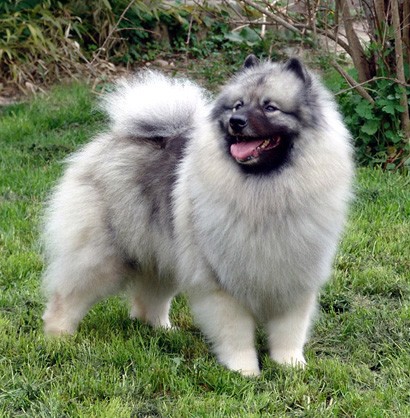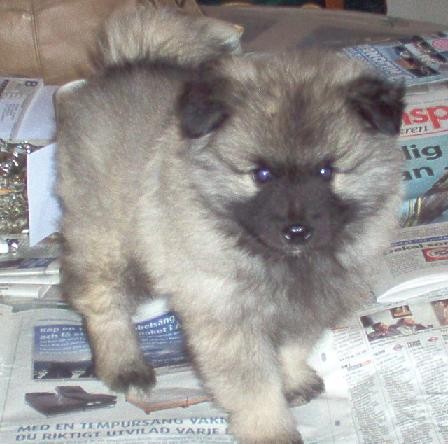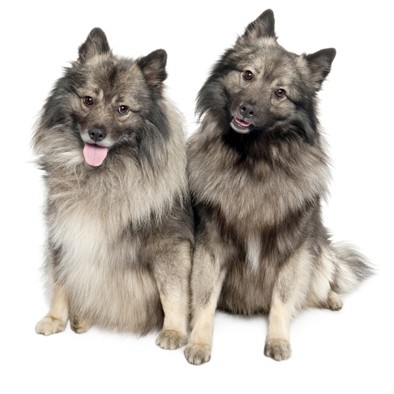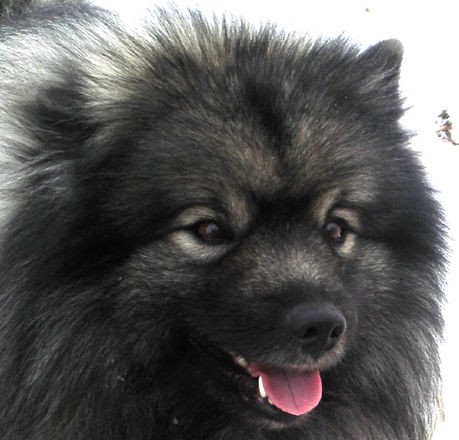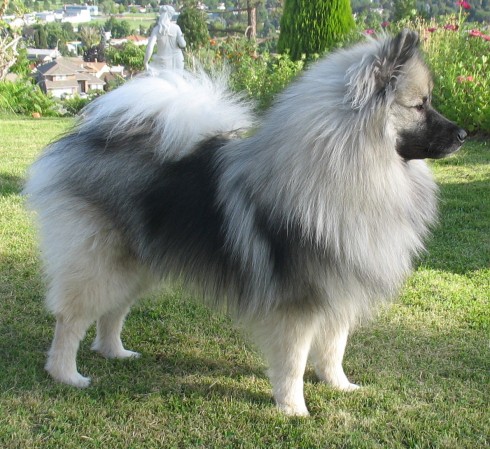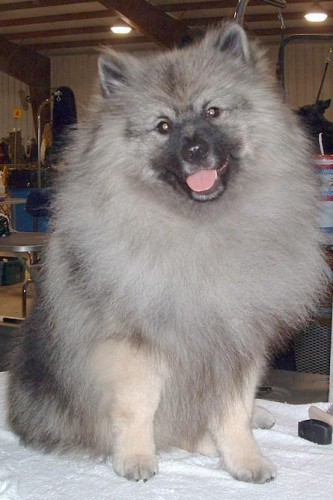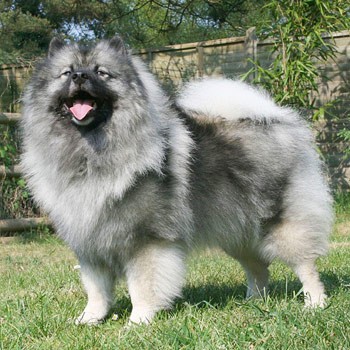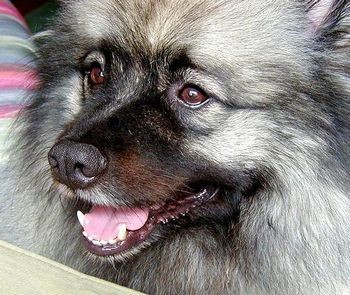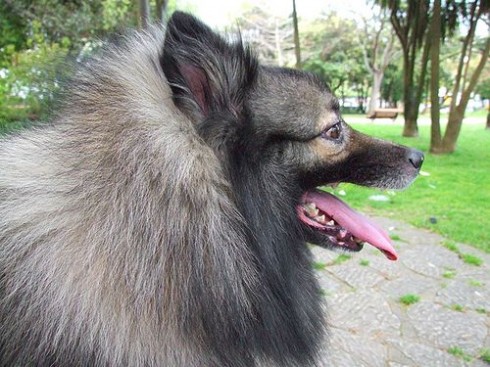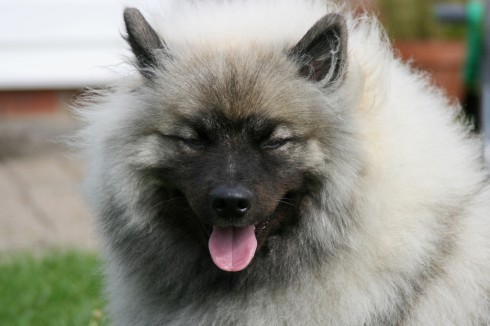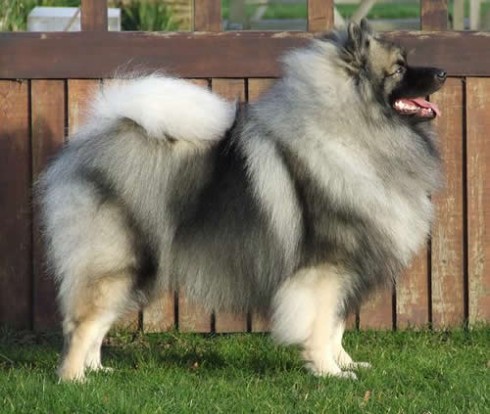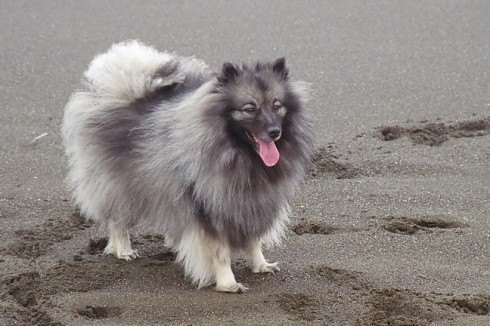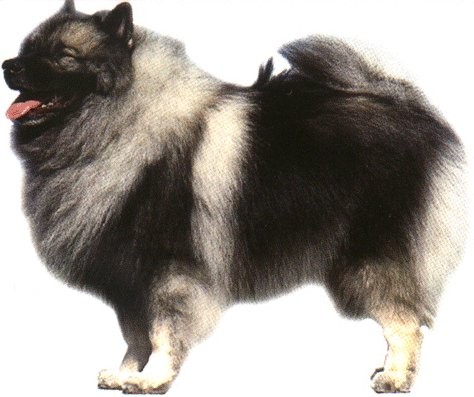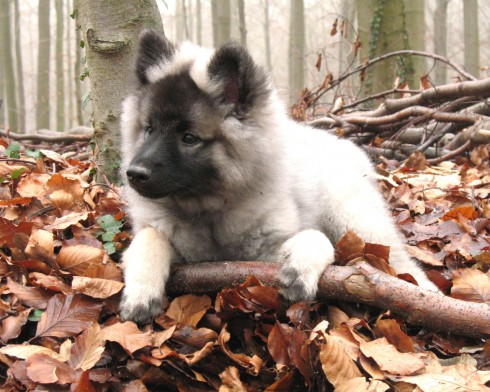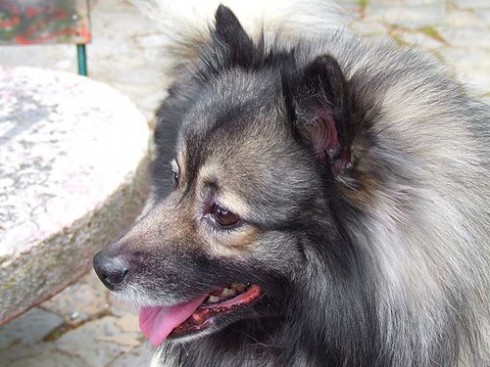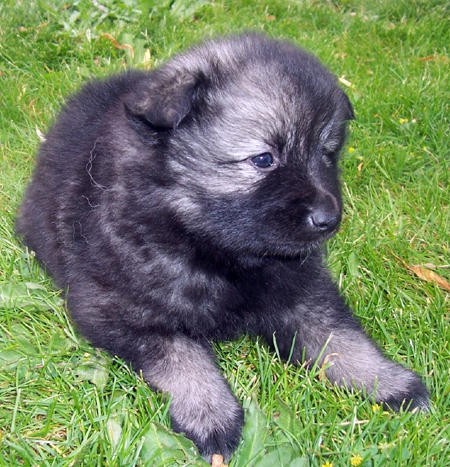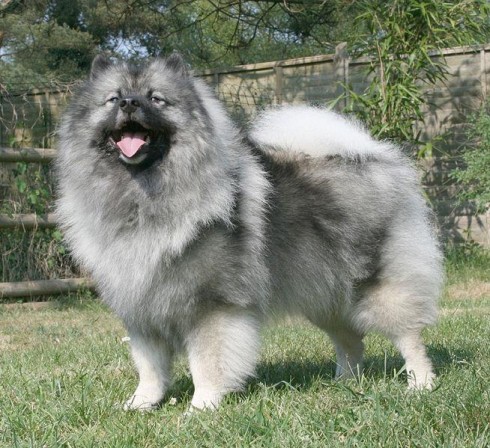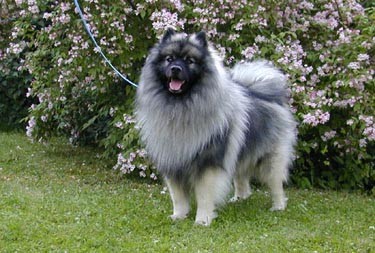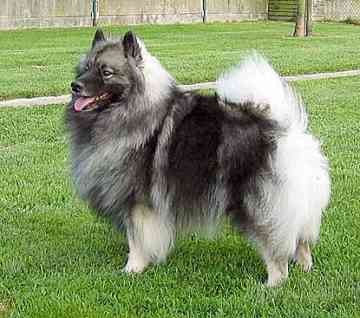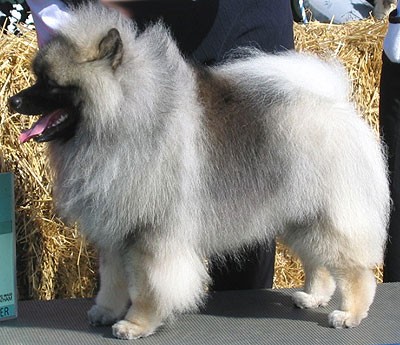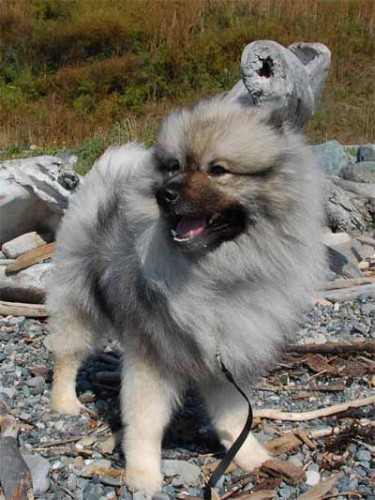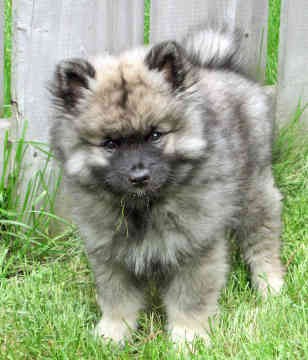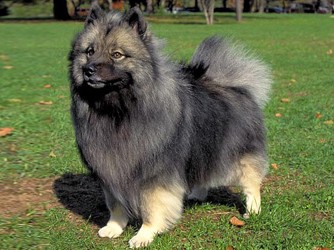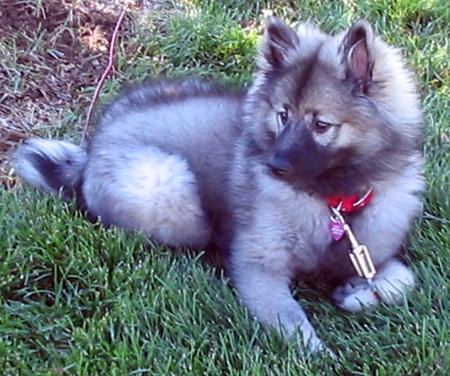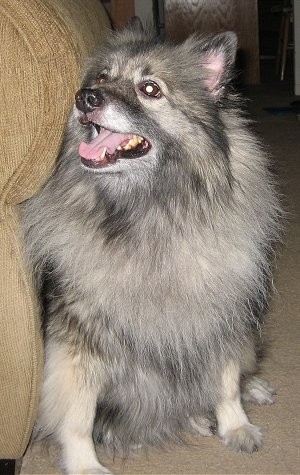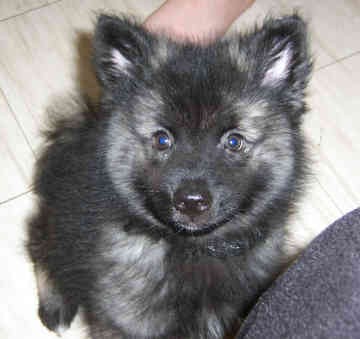Main Index
In Store
Our Web Store
Miniature Schnauzer Picture Gallery
Latest Dog Blogs
- What Are The Basic Commands To Train A Dog?
- PaySafe As The Most Popular Type Of Deposit
- Everything You Need To Know About Pet Sales
- Dogs Contribute To Our Physical And Mental Well Being
- How To Choose Where To Bet On Greyhounds In 2022
- Volunteer With Animals - How To Help Dogs Around The World
- Basic Understanding Of The House Edge
- Why You Should Get A Dog
- Top 20 Popular Dog Names Around The World
- Constipation in Dogs and How to Find Solutions
Keeshond
The Keeshond (KAZE-hond) is a happy dog by nature. They are extremely affectionate. When a Keeshond joins the family, he looks forward to being an important part of it. He loves children and will gladly play games and bounce around with them.
Did you know?
The Keeshond is the national dog of Holland.
So you want to own a Keeshond?
The Keeshond is a handsome, intelligent companion dog distinguished by a friendly, outgoing temperament and a lively interest in the world around him.
They do not need a lot of exercise as they expend most of their energy bouncing about in one place. They are ideal pets and companions who are playful and affectionate and show a true love of life.
Indicative Breed Standard
General Appearance
Short, compact body, confident carriage. Fox-like head with small pointed ears, alert expression, large ruff, well feathered tail curled over back.
Characteristics
Sturdy, intelligent and adaptable, ideal companion, good guard, shows boldly.
Temperament
Bold, alert, friendly with marked guarding tendency.
Head and Skull
Well proportioned, wedge shaped when seen from above; from side showing definite stop. Dark muzzle equal to length of flat skull. Neither coarse nor snipey. Nose black.
Eyes
Dark, medium size, almond-shaped, obliquely set. Well defined ’spectacles‘ shown as a delicately pencilled black line slanting from outer corner of eye to lower corner of ear, coupled with distinct marking and shading forming expressive short eyebrows.
Ears
Dark, small ivy-leafed in shape. Erect, velvety texture. Well set on head, neither too wide nor meeting.
Mouth
Jaws strong, with a perfect, regular and complete scissor bite, i.e. upper teeth closely overlapping lower teeth and set square to the jaws. Lips black.
Neck
Moderately long and arched, covered with thick, profuse coat forming large ruff.
Forequarters
Shoulders well sloped. Straight front of medium width with good bone.
Body
Short, compact; length from withers to tail equal to height at withers, well sprung in rib. Good depth of brisket.
Hindquarters
Strong muscled, hindlegs straight when viewed from behind. Hock showing slight angulation when viewed from side, profuse light-coloured trousers down to hocks.
Feet
Well padded, round, cat-like, tight, cream in colour; black nails.
Tail
Moderately long, high-set, tightly curled over back, double curl highly desirable. Light plume on top where curled, with black tip, carried closely at all times.
Gait/Movement
Clean, brisk, straight and sharp.
Coat
Harsh, off standing, straight. Dense ruff, well feathered on forelegs and profuse trousers, not feathered below hock. Soft, thick, light-coloured (not tawny) undercoat. Never silky, wavy or woolly, nor forming a parting on back.
Colour
A mixture of grey and black. Undercoat very pale grey or cream (not tawny). All shades of grey acceptable, body hairs black tipped. Shoulder markings well defined and all markings definite. Forelegs and hocks cream with no black below wrist or hock. Pencilling acceptable.
Size
Ideal height: dogs: 46 cms (18 ins); bitches: 43 cms (17 ins).
About Our Article Directory
- Article
- 27 November 2010
- 2 comments
Canis lupus familiaris
- Breed Article
- 29 May 2010
- No comments
Quick Search
Donate
Latest Dog Pods
- Tips on How to Stop Your Dog from Biting
- Beware - Not All Advertised Dog Rescues Really Are! How Can You Know The Truth?
- Helpful Tips For Dog Obedience Problems
- How to Keep Dogs From Eating Poop
- Dog Grooming Tips - A General Overview of the Very Basics of Dog Grooming
- Recognising Different Types of Dog Obedience Problems
- 5 Important Tips On Feeding A Puppy


